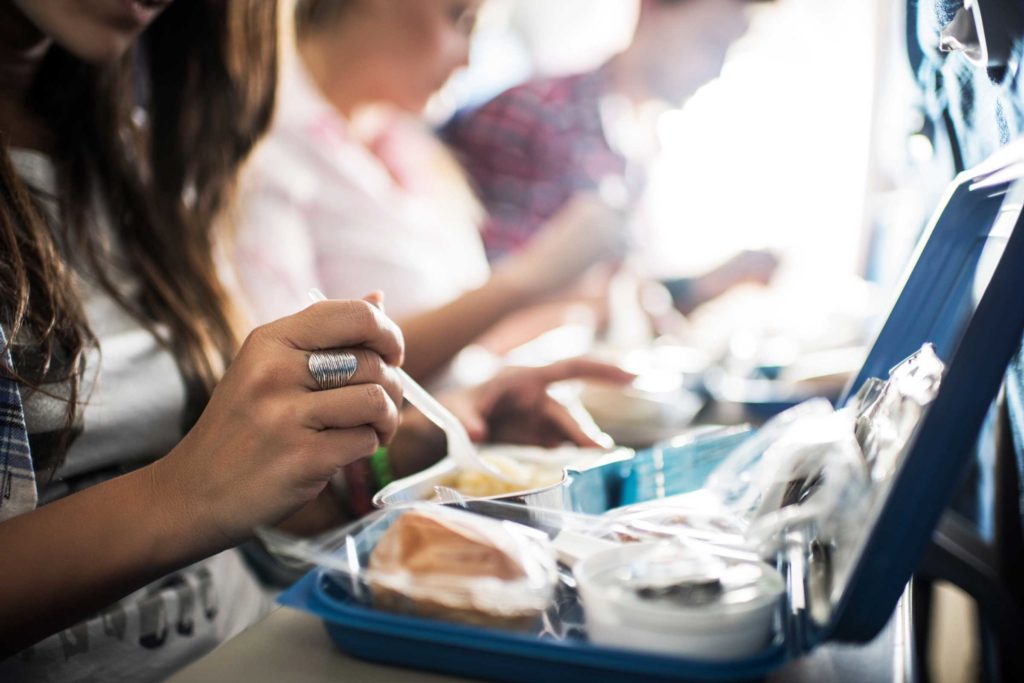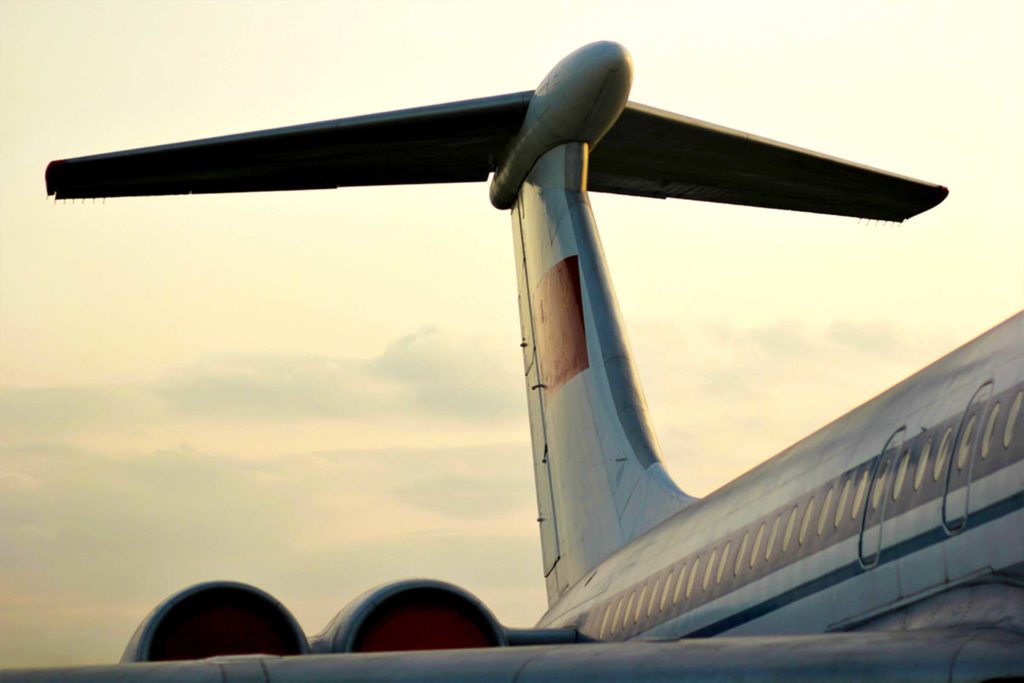
10. Overhead bin space
Those worried about snagging overhead space should avoid bulkhead seats or exit rows, says Suski. “A general rule of thumb is that oxygen bottles and/or crew stowage/equipment are often placed right behind the bulkhead or exits, so overhead bin space can be at a premium in those locations,” he says. “Mid-cabin overhead bins should be no problem.” Make sure to board early to claim some space, he says.

11. If you have a tight connection
Book airplane seats toward the front of the aircraft if you’re eager to make a quick exit after landing. “If you don’t want to pay for a first-class seat, that could mean you’re seated directly in front of the bulkhead—the wall separating first class from the main cabin,” says Richard Gonzales, an aviation consultant with Briscoe Group. These are sometimes not the coziest rows to sit in because you won’t be able to stretch your legs or store a personal bag in front of you, but worth the sacrifice if you’re on a short flight or have a quick layover, says Gonzales.

12. For reduced noise
“If you don’t like noise from kids, families tend to be moved to the rear of the plane, so best to stay at the front. Plus, you’re also away from the engines,” says Anthony Bianco of The Travel Tart.

13. Safest seats
Airplane crashes are extremely rare, and no one’s died in a commercial American plane crash in the past seven years. But if you’re worried, the most survivable seats in a plane crash tend to be in the back of the aircraft close to the tail section. “This has been proven in both real and simulated accidents, as the tail will tend to separate first or be the last spot to impact,” says Dan Boland, co-founder of Holidaypromocode.com. “That’s why aircraft black boxes are always in the tail section.”

Credits: rd.com
